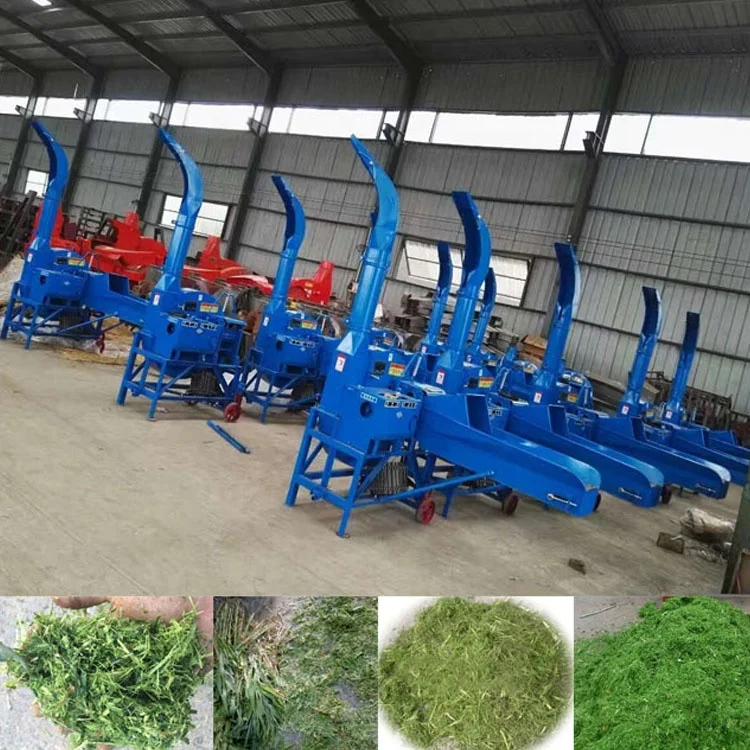High-Quality Pellet Mill Machine for Efficient Animal Feed Production
Dec . 05, 2024 10:13 Back to list
High-Quality Pellet Mill Machine for Efficient Animal Feed Production
Understanding Animal Feed Pellet Mill Machines
Animal feed pellet mill machines play a critical role in the livestock industry, providing an efficient and effective way to produce high-quality animal feed. These machines transform raw materials, such as grains, legumes, and other feed ingredients, into compact pellets that are easier for animals to digest and utilize. As the global demand for animal protein continues to rise, the importance of such machines in ensuring sustainable and efficient livestock production cannot be overstated.
The Process of Pelletization
The process begins with the selection of appropriate raw materials. Ingredients are chosen based on the nutritional needs of the specific animals, whether they are cattle, pigs, poultry, or aquaculture species. Common ingredients include corn, soybean meal, wheat, and alfalfa. Once the raw materials are sourced, they undergo several preparation steps, including grinding and mixing, which ensures that all ingredients are uniformly blended.
The next step is conditioning, where steam is added to the feed mixture to hydrate the ingredients. This process improves the binding properties of the feed components, facilitating the formation of pellets. After conditioning, the material is fed into the pellet mill, where it is subjected to high pressure and temperature. The machine uses a die, a metal plate with holes, through which the conditioned mixture is forced. As the mixture is extruded, it solidifies into cylindrical pellets.
Once the pellets are formed, they are cooled to reduce moisture content and enhance their durability. This cooling process is essential, as it prevents the pellets from crumbling during storage and transportation. Finally, the pellets may undergo additional treatments, such as coating with oils or vitamins, to improve their nutritional value and shelf life.
Advantages of Using Pellet Mill Machines
animal feed pellet mill machine

The use of pellet mill machines offers numerous advantages. First and foremost, pellets are more nutritionally beneficial for animals. The uniform shape and size of the pellets ensure that animals receive a balanced diet with every meal. Moreover, the pelletization process reduces feed wastage, as animals tend to consume pellets more easily than loose powder or meal forms.
Additionally, the compact nature of pellets makes them easier to transport and store, thereby reducing logistics costs. The shelf life of pellets is generally longer than that of loose feeds, allowing farmers to maintain a stable supply of feed without the risk of spoilage.
Furthermore, many modern pellet mill machines are equipped with advanced technology that improves efficiency and reduces energy consumption. Some machines incorporate features like variable speed controls, automated feeding systems, and enhanced safety measures, streamlining the production process while ensuring the safety of operators.
Sustainability in Feed Production
Sustainability is a growing concern in animal agriculture, and pellet mills are adaptable to meet these challenges. By incorporating alternative feed sources, such as by-products from other industries or locally sourced ingredients, pellet mills can help reduce the carbon footprint associated with feed production. This not only supports local economies but also promotes environmentally friendly practices in the livestock sector.
In conclusion, animal feed pellet mill machines are indispensable tools in the modern livestock industry. They provide a streamlined process for producing high-quality animal feed, ensuring that nutritional requirements are met while minimizing waste. As the demand for animal protein continues to rise, the role of pellet mills in creating a sustainable and efficient animal feed supply will only become more significant. Investing in advanced pellet mill technology can lead to better feed quality, reduced costs, and improved overall productivity in farming operations. As such, these machines are crucial for the future of animal agriculture, helping to feed the growing global population sustainably.
-
Hot Sale 24 & 18 Door Rabbit Cages - Premium Breeding Solutions
NewsJul.25,2025
-
Automatic Feeding Line System Pan Feeder Nipple Drinker - Anping County Yize Metal Products Co., Ltd.
NewsJul.21,2025
-
Automatic Feeding Line System Pan Feeder Nipple Drinker - Anping County Yize Metal Products Co., Ltd.
NewsJul.21,2025
-
Automatic Feeding Line System - Anping Yize | Precision & Nipple
NewsJul.21,2025
-
Automatic Feeding Line System - Anping Yize | Precision & Nipple
NewsJul.21,2025
-
Automatic Feeding Line System-Anping County Yize Metal Products Co., Ltd.|Efficient Feed Distribution&Customized Animal Farming Solutions
NewsJul.21,2025






